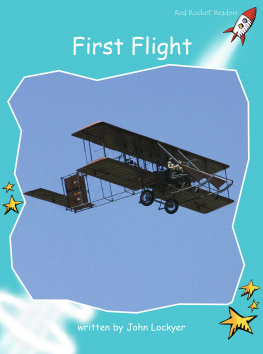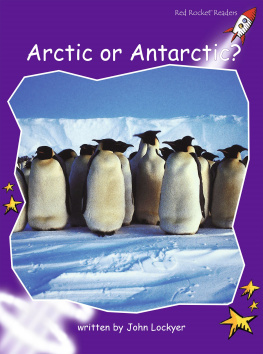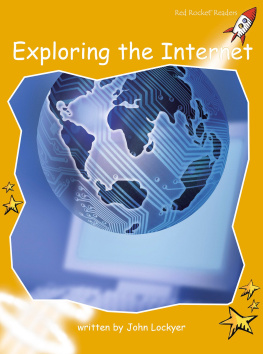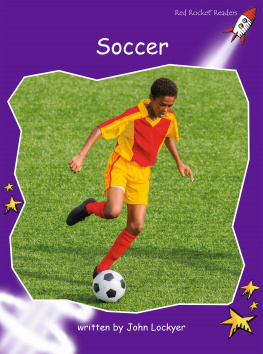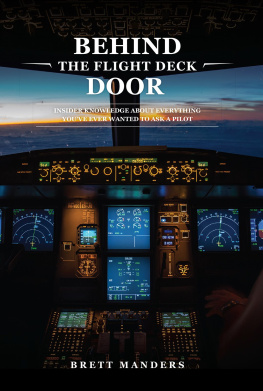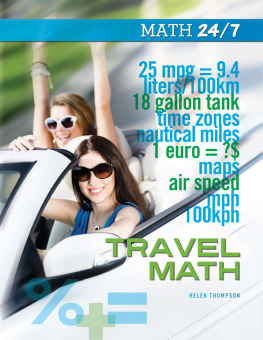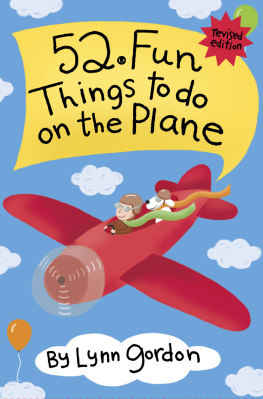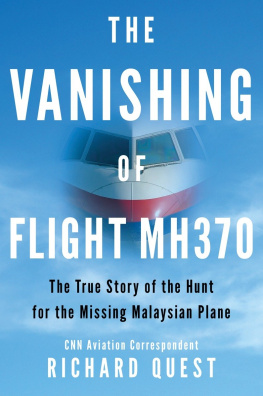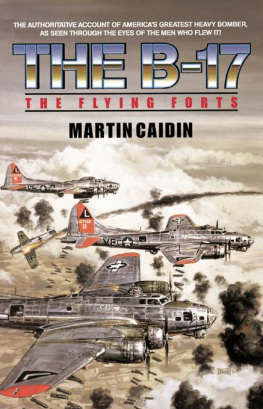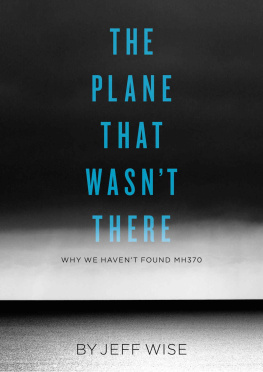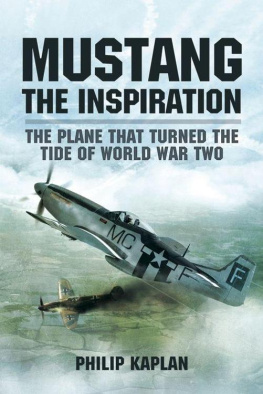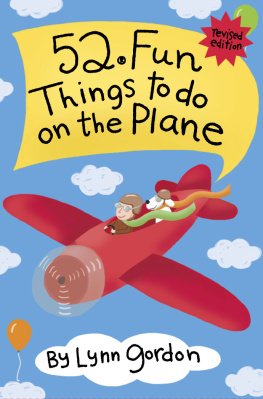cover


First published in 2006 by Red Rocket Readers, an imprint of Flying Start Books Ltd.
Reprinted 2007, 2012, 2014, 2015, 2016, 2017.
13/45 Karepiro Drive, Auckland 0932, New Zealand.
story John Lockyer
Printed in New Zealand
Photographs on cover and pages 4, 8 and 14 supplied by Photo Library
Photograph on page 1 supplied by iStock Photo
Photograph on page 16 supplied by Jupiter Unlimited
All other photographs supplied by Stock Central
This book is copyright. No part of this publication may be reproduced, stored in a retrieval system, or transmitted in
any form or by any means, electronic, mechanical, photocopying, recording or otherwise without permission in writing
from the publisher.
redrocketreaders.com
Word Count = 356
Every year, hundreds of millions of people travel by plane from one
part of the world to another. Today people can eat, sleep, and watch
movies on a plane. They can be in the air for hours. The rst plane
that ever ew had no cabin, no seats, two propellors, two wings and
only a small engine. It stayed in the air for just 12 seconds!
Use Teacher Talk to stimulate discussion of topic.
Develop research skills based on this topic.
Use Table of Contents to locate specific information.
Refer to Glossary to clarify basic concepts.
Identify use of suffix ly for adverbs: safely slowly
Understand use of apostrophe for possession: gliders'
Notice adjectives used to add meaning: strong light
Use captions to expand on text.
Promote drama, writing or art as follow-up activities.
Find learning resources to extend and reinforce the literacy
strategies in this title @ redrocketreaders.com
Sight
Words
Teacher
Talk
Teaching
Plan
both found need special turn use wish work
ISBN 978-1-776853-60-1

First Flight
written by John Lockyer
Contents Page
Flying machines 2-3
The Wright brothers 4
Gliders 5-6
The Flyer 7
Kittyhawk 8
First pilot 9
Down the rails 10
Lift-off 11-12
Longest flight 13
Flying 14-15
A passenger plane 16

Years ago , people watched birds fly
and wished that they could fly , too .

Some people tried to fly using kites ,
gliders , and balloons . These flying
machines had no power . They needed
the wind to stay up in the air .

Orville and Wilbur Wright lived in
the United States . They were both
interested in flying . They built large
gliders with strong , light materials .
l

They tied strings to the gliders '
wings and flew them like kites . Then
they pulled the strings to keep the
wings straight . The gliders helped
them learn how air moves .

One glider was big enough to carry
a person . Wilbur flew in it for ten
seconds . He found out how to keep
the glider level in the air .
glider

The two brothers built many flying
machines . One machine had an engine ,
control levers , two wings , and two
propellers . They called it the Flyer .

In 1903 , the Wright brothers took
the Flyer to the sand dunes near Kitty
Hawk in North Carolina . The Flyer was
put on long rails on top of the sand .
The Flyer

Orville and Wilbur tossed a coin to
see which one would be the first pilot .
Orville won . He had to lie down on the
bottom wing between the two propellers .

The Flyer rolled slowly down the rails .
Orville used his hands and his hips
to work the control levers . He didnt
have a crash helmet or a safety belt !

The wind was strong , so Wilbur ran
beside the Flyer . He held onto the wing
to stop it from dropping into the sand .

Lift - off ! The Flyer wobbled , but it
stayed in the air for seconds !
Orville had made the worlds first
powered flight.
Lift - off

Orville and Wilbur made four
more flights on that special
day . The longest time the Flyer
stayed in the air was seconds .

The Wright brothers built more
planes . They learned how to turn
them in the air . They also learned
how to land safely . Soon they
could fly for as long as an hour .

Then they built a plane with a seat

